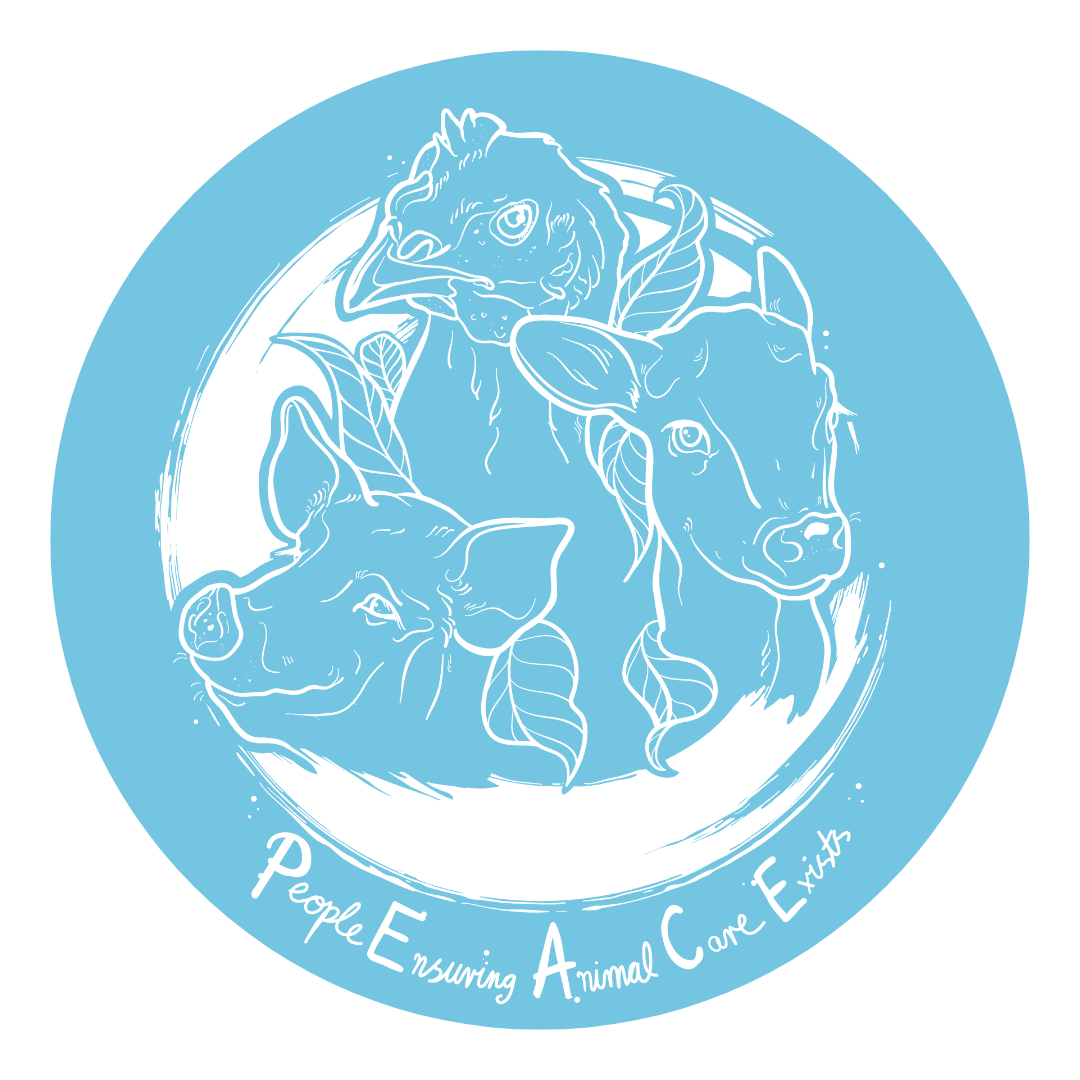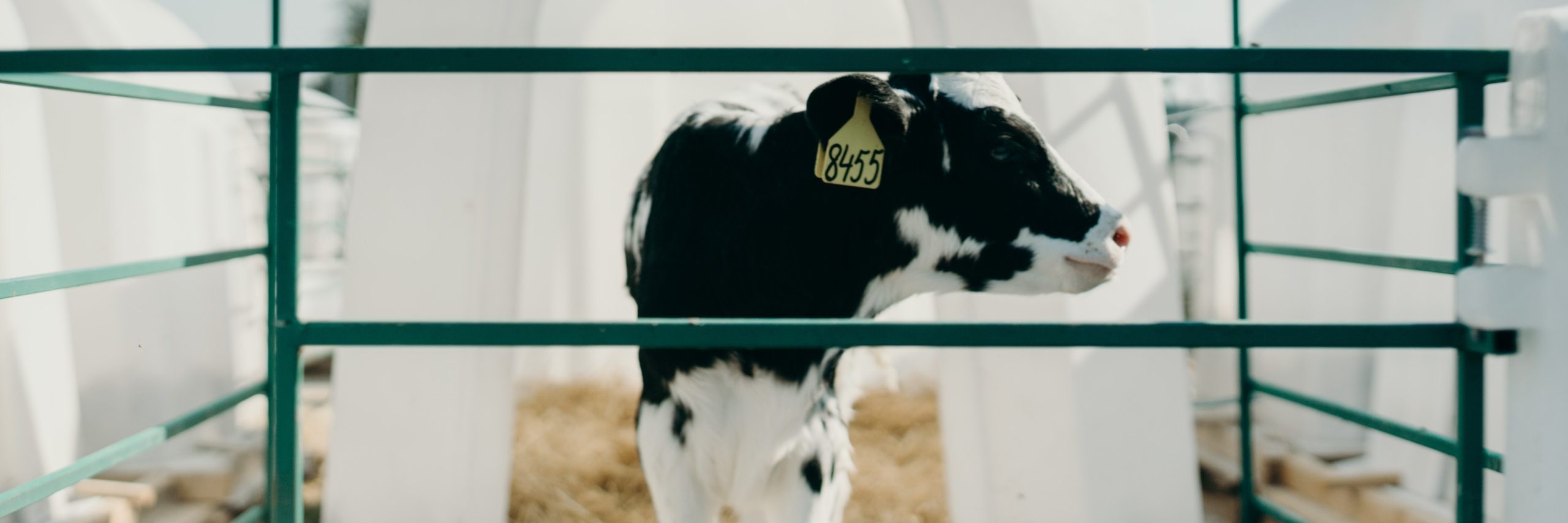Article By Kali Nelson
When Health Canada updated the Canadian Food Guide in 2019, they dropped dairy from their essential recommended food groups. Even though milk consumption in Canada has been on the decline since 2004, the industry continues to fight against this turning tide.
Why Was Dairy Demoted In The Food Guide?
When Health Canada rewrote the Food Guide, they used scientific reports from respected authorities and assessed the best evidence available. Since we teach the guide in schools and it has a major influence on how Canadians eat, the dairy industry lobbyists would inevitably have liked some input. To avoid this conflict of interest, the agency excluded industry-commissioned reports.
The strange – and aggressively marketed – idea that humans need to drink cow’s milk to get all of our nutrients has long been debunked. We’re also seeing more and more reports of the health risks associated with consuming dairy.
The nonprofit Physicians Committee for Responsible Medicine launched a petition asking the USDA to stop recommending dairy. They stated that research shows dairy offers little if any protection for bone health, but an increased risk of asthma, cancer, and cognitive decline.
One of the most recent studies, commissioned by the National Cancer Institute and the World Cancer Research Fund, found that dairy can increase breast cancer risk. The study observed 52,795 women for over seven years. According to the data, women who drank two to three glasses of cow’s milk every day escalated their risk of breast cancer by up to 80%.
It’s no wonder more than half of us are, at the very least, lactose intolerant. We need lactose pills to stomach the stuff because it was naturally and perfectly designed for an entirely different species.
What’s The Dairy Industry Doing In Our Schools?
One way the dairy industry is trying to combat public pushback is by offering programs in schools. Agriculture in the Classroom (AITC) aims to teach young people “Canada’s food story.”
To tell the true story of dairy, we would have to start at the beginning, when we artificially inseminate a cow. Once she gives birth we take that calf away, usually within 24 hours, so we can use the milk she produced. If the calf is female, she’ll likely share the same fate as her mother. If born male, depending on his breed, he’ll either be killed right away as a “waste” product, or he’ll be kept for veal or beef.
Studies show that calves separated from their mothers will engage in “repetitive crying” and sometimes lose interest in their food. The mother often “bawls for days” at the loss of her calf. It’s not uncommon for her to chase after whatever wheelbarrow or trailer takes her calf away. She will go through this entire experience repeatedly until she’s no longer productive enough to be useful, and then we slaughter her. Although dairy cows naturally live for about 20 years, we kill them by age five or six.
If we showed footage of that mother briefly tending to her newborn calf, how many children would want to see what happens next? It’s no surprise that agriculture “education” in schools omits all the parts that would bring children to tears. If we can’t show our children the graphic footage of the dairy industry, is it something we should be doing in the first place?
The AITC’s heavy industry influence isn’t difficult to trace. This Factory Farm Collective article exposes industry sponsors in various provinces. The BC Agriculture in the Classroom Foundation, an AITC member, has sponsors that include the BC Dairy Association, BC Egg, and BC Turkey Farmers.
Having “educators” with a product and story to sell in our classrooms is blatantly unethical. When Health Canada decided on a revised Food Guide to promote healthy eating to children in schools, they put aside industry-commissioned studies for good reason.
Dairy Resorts To Misleading Advertising
With interest in dairy products dropping, the industry is upping its advertising game. But it’s tricky to come up with an appealing way to sell dairy in today’s knowledgeable world.
When the Dairy Farmers of Canada ran an advertisement claiming there are “zero growth hormones in milk produced in Canada,” the informed public noticed. Since cow’s milk is designed to turn a little calf into a thousand-pound adult, it includes a naturally occurring growth hormone called IGF-1.
After complaints were filed with Ad Standards, the regulatory body contacted Dairy Farmers of Canada for additional information. Ad Standards then responded to those who complained: “We were informed by the advertiser that, upon receipt of your complaint, the ad has been permanently withdrawn.”
Dairy Is A Dying Industry
Other dairy advertisements use vague language that’s difficult to define, let alone criticize. They use terms such as “farming sustainably,” without addressing how dairy could ever be considered environmentally friendly.
As this University of Oxford study shows, a glass of dairy milk produces almost three times the greenhouse gas emissions of any non-dairy milk. The report also showed how dairy milk requires more land and water than plant-based alternatives. Oat milk, for example, uses 80% less land than cow’s milk. In comparison to the approximately 628 litres of water needed for a litre of cow’s milk, oat milk uses only 48 litres.
With all this in mind, it’s easy to see why the industry is grasping at straws to promote their product. Plant-based milks are more environmentally friendly with a host of health benefits. They also don’t require bringing sentient calves, capable of fear and suffering, into the world only to kill them as breathing byproducts.
If you would like to go dairy-free and are not sure where to start, check out Challenge 22 for resources.

